Your hair is a big part of who you are and caring for your hair correctly is necessary for both your overall hygiene and appearance. Yet, not all hair is the same. If you have curly or coily hair, you know that your hair requires a certain amount of daily attention to look and feel its best.
That’s where a simple natural hair regimen comes in. A hair regimen is a routine you create to keep your hair healthy. The regimen provides structure, repetition, and consistency to the lifelong process of caring for your hair. In this blog, we’ll discuss what such a regimen entails from processes to products and how you can build one as a beginner.
Tools to Build a Natural Hair Regimen
To begin building your hair regimen, you’ll need to have products for your hair on hand. There are two types of products that will be included in this routine: moisture-based and protein-based. When you use any product that changes your hair chemically, you’ll need to add both moisture and protein back to it. Here are some of the products you may want to consider.
1. Shampoo
A gentle cleanser that leaves your hair feeling soft and detangled. Here are some ideas on great shampoos for natural hair:
2. Deep conditioner
Deep conditioners penetrate the cuticle of your hair and have a long-lasting moisturizing and smoothing effect. Here is a deep conditioner that you may consider adding to your natural hair regimen:
3. Protein-based treatments and conditioners
These treatments and conditioners are used to rebuild the hair strands. If you’re looking to create a high-moisture hair care routine, then this is a great addition. How often you use a product like this will depend on the type and strength of the product.
3. Leave-in conditioner
A leave-in conditioner is a great addition to your routine for moisture and detangling purposes. Here are a couple of solid leave-in conditioners that you may consider adding to your hair care routine:
4. Natural oils
Natural oils are ideal for sealing in water-based moisturizer products to help enhance the shine and pliability of hair. You just need to apply a small amount of the oil on the ends of the hair and then work your way up the strand. Here are some examples of oils you can use to help enhance your natural hair routine.
The Components of a Hair Regimen
Now that we’ve reviewed all the tools you need to build a healthy hair routine, let’s review how you can put them together. We won’t lay it all out for you in a day-by-day, week-by-week schedule because everyone’s hair is difficult. While it may work for you to shampoo once a week, someone else with curly or coily hair may need to shampoo once every two weeks. Everything written below is a guideline to help you trial and error the perfect hair regimen for you.
Cleansing
Cleansing is a super important part of your natural hair regimen. This is where you rid your hair and scalp of all the build-up. This is a necessary element of any routine so that your hair continues to grow.
For natural hair, we recommend an all-natural, sulfate-free hydrating shampoo rather than just co-washing. How often you do this is really up to you. You know your hair best! Most people with natural hair will wash it somewhere between once a week and once a month. This frequency can be experimented with to see what works best for you. It will also likely depend on what the rest of your styling routine looks like and what other products you’re using in your hair between washes.
Here’s how you can tell if you need to switch up your shampoo schedule:
- Shampoo more often if…your hair feels limp, dull, lifeless, greasy, dirty, or other products don’t seem to work anymore
- Shampoo less often if…your hair feels dry, brittle, or frizzy
If you choose to cleanse less often, then you’ll want to go lighter on products to avoid buildup. If you wash more often, then you’ll need to make sure you’re moisturizing adequately for the health of your hair.
Conditioning
As noted above, a conditioner is one of the main tools you should be using when building a natural hair regimen. We’ll discuss how and when to use these types of conditioners for optimal effect.
- Daily or rinse-out conditioner: A daily conditioner is one that you can use any time you get your hair wet. Unlike a leave-in conditioner, it’s supposed to be washed out. It hydrates your hair and makes it easier to detangle. It also makes it less prone to frizz if that’s something you struggle with.
- Leave-in conditioner: A lightweight, leave-in conditioner can be used to replenish and maintain moisture in your hair after you wash it. We recommend applying leave-in conditioner to damp hair both after washing and before styling. You don’t have to be too stingy with leave-in — it can be used constantly!
- Deep conditioner: As an intensive moisturizing and nourishing treatment, this conditioner gets left in the hair for a certain amount of time before it’s rinsed out. This type of conditioner isn’t used as often as the others. In fact, it’s been compared to a “five-star meal.” It has a ton of moisture and nutrients that help with detangling, softening, softening, and much more. You only need to deep condition once every two weeks or so for the best results.
Moisturizing
If you’re experiencing breakage, dryness, tangling, matting, or hair loss, chances are the issue lies in moisture (or lack thereof). How much moisture you need will depend on the porosity of your hair. However, most natural girls will need moisture daily (focusing on the ends).
To keep your hair optimally moisture, we recommend moisturizing before you head to bed and protecting your hair at night with a silk scarf or pillowcase. You can also moisture during the day with a refresher spray, steam, or the LOC method.
Sealing
You know how important moisture is for your hair! But you need to seal in the moisture for it to stay. Using a sealer or anti-humectant to keep your hair moisturized throughout the day can do just the trick.
Here are some suggestions based on your hair type.
- Thicker or coarser hair: Shea butter or Jamaican black castor oil
- Finer hair: Jojoba oil, avocado oil, or olive oil
Detangling
Detangling your hair should be a regular part of your hair regimen as it reduces hair loss, matting, dryness, and breakage. Detangling can be a dreaded part of a curly girl’s routine, but the more you do it, the easier it will be. Here’s what the process should look like.
- Use a wide-tooth comb on damp hair
- Start from the ends, pull down, then work your way up
- This helps reduce breakage
- If detangling is particularly difficult, then add a leave-in condition to help
Styling and Protecting
A hair regimen to promote growth must include protective styling. A protective style is any style that reduces hair combing or manipulation. It keeps your hair up, off the shoulders, and reduces the use of heat. For example, spiral curls, buns, braids, and twist-outs are popular protective styles.
Read more about our favorite protective styles in Protective Styling: Why You Should Wear Protective Styles.
Consistency
You’ll begin to see results (i.e., results!) if you’re consistent and stick to it. However, many people find a regimen that isn’t right for them difficult to stick to. Here are some tips that can help you build a routine that’s right for your natural hair.
- Put the above steps into a weekly or biweekly structure that follows the rhythm of your life. This way, it’ll become easier to remember your hair routine as it pertains to other existing parts of your life.
- Keep it simple! Don’t overcomplicate your hair routine because that will discourage you from integrating it into your daily life. If you have to hair mask, wash, deep condition, detangle, etc., etc., anytime you want to leave the house then you’ll hate having to do it. Instead, find a low-maintenance styling routine that works day to day and make sure all the larger elements get done throughout your weekly or biweekly structure.
- Create a calendar so you remember to do it. For example, make Friday wash day so you have great hair for the weekend, and put that time in your calendar so you won’t forget to do it.
Final Thoughts
There you have it! The basic steps and tools to help begin your natural hair regimen. It’ll be a journey to find exactly what works for you, but a little trial and error never heard anyone. Just make sure you stay committed to finding what works best for you (not someone else who has similar-looking hair). You’ve got this!
WRITE FOR US
Think you've got a fresh perspective that will challenge our readers to engage and educate themselves on how to attain a healthier self, hair and skin included? We're always looking for authors who can deliver quality articles and blog posts. Thousands of men and women will read your work, and you will level up in the process.
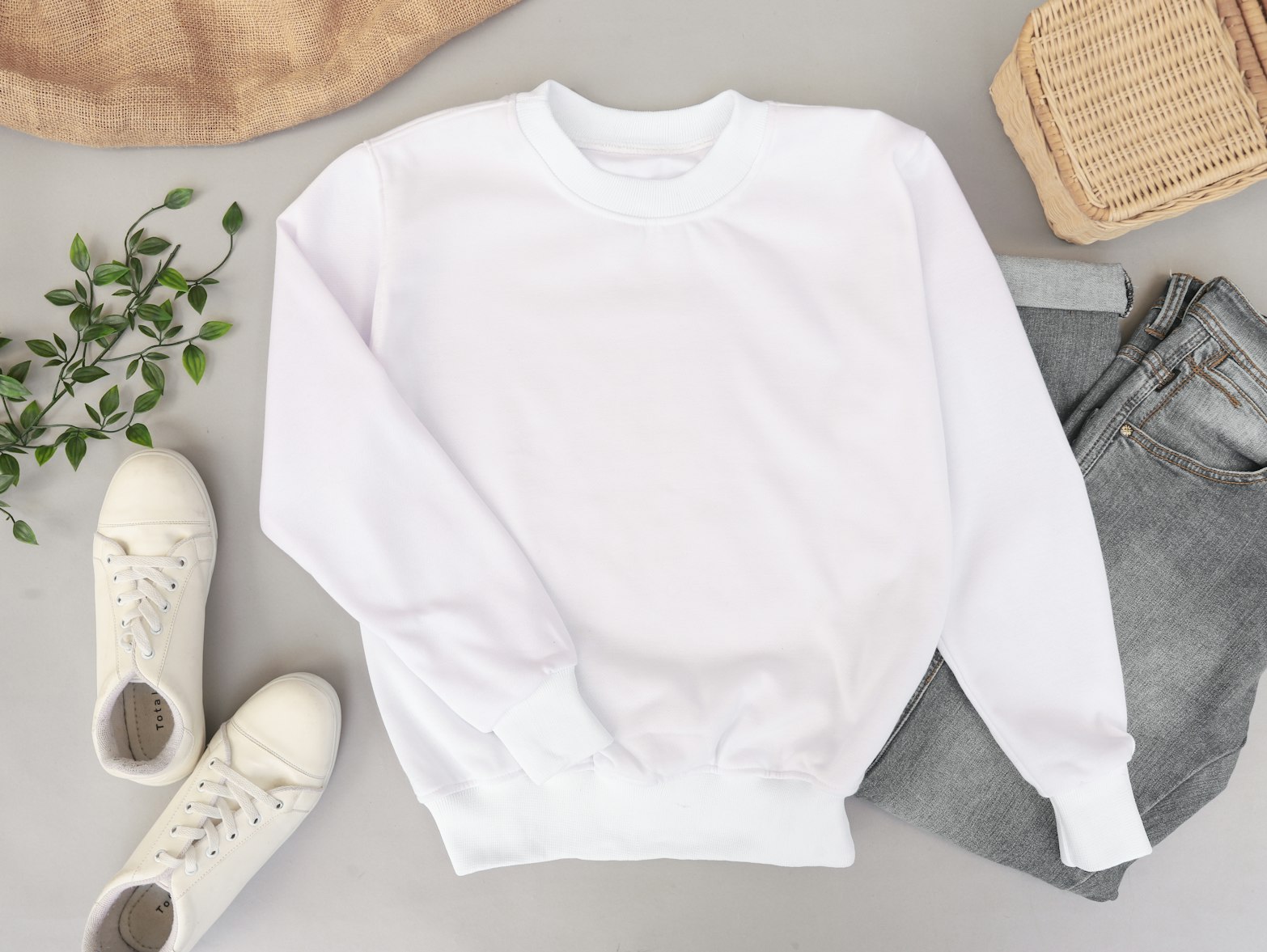
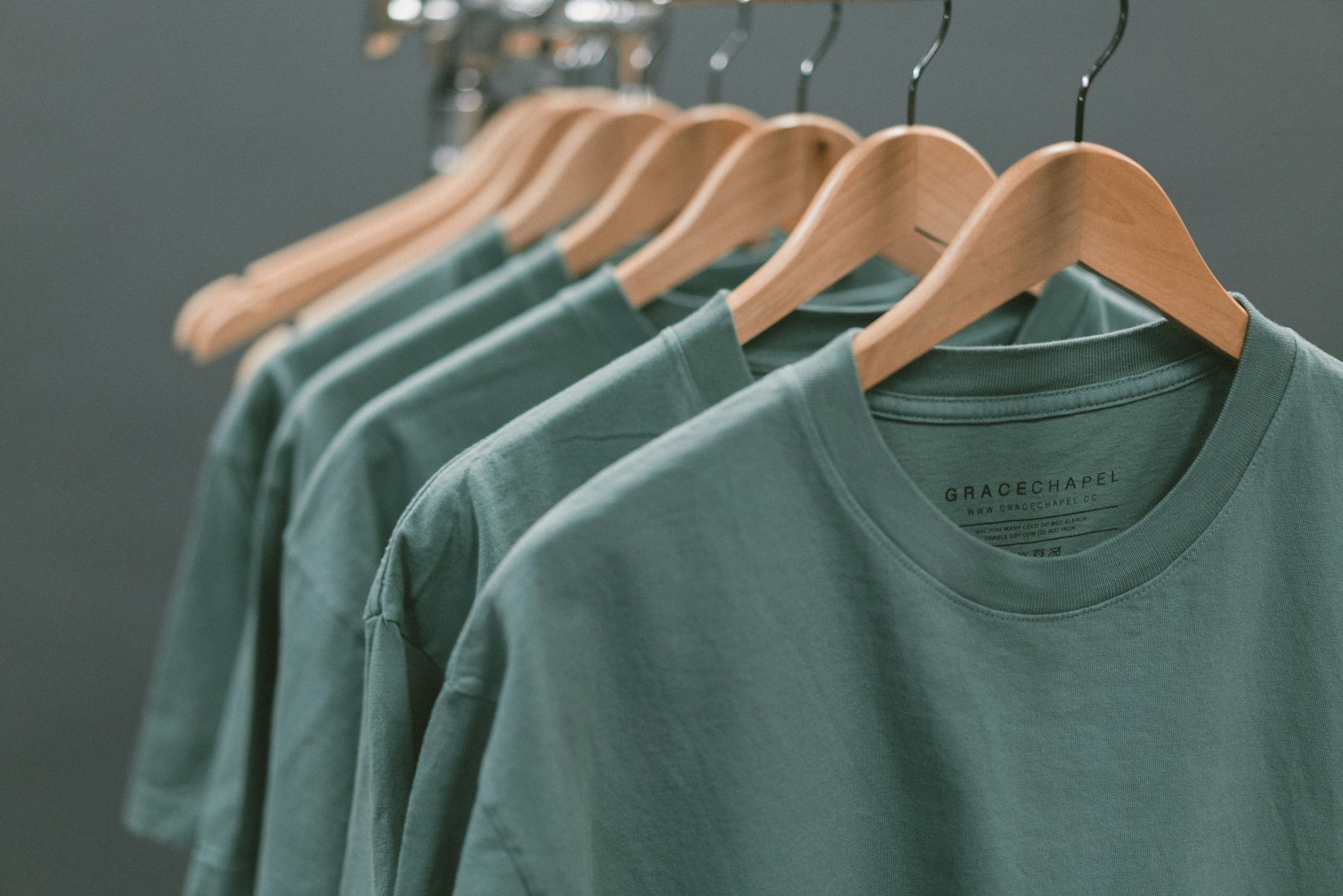
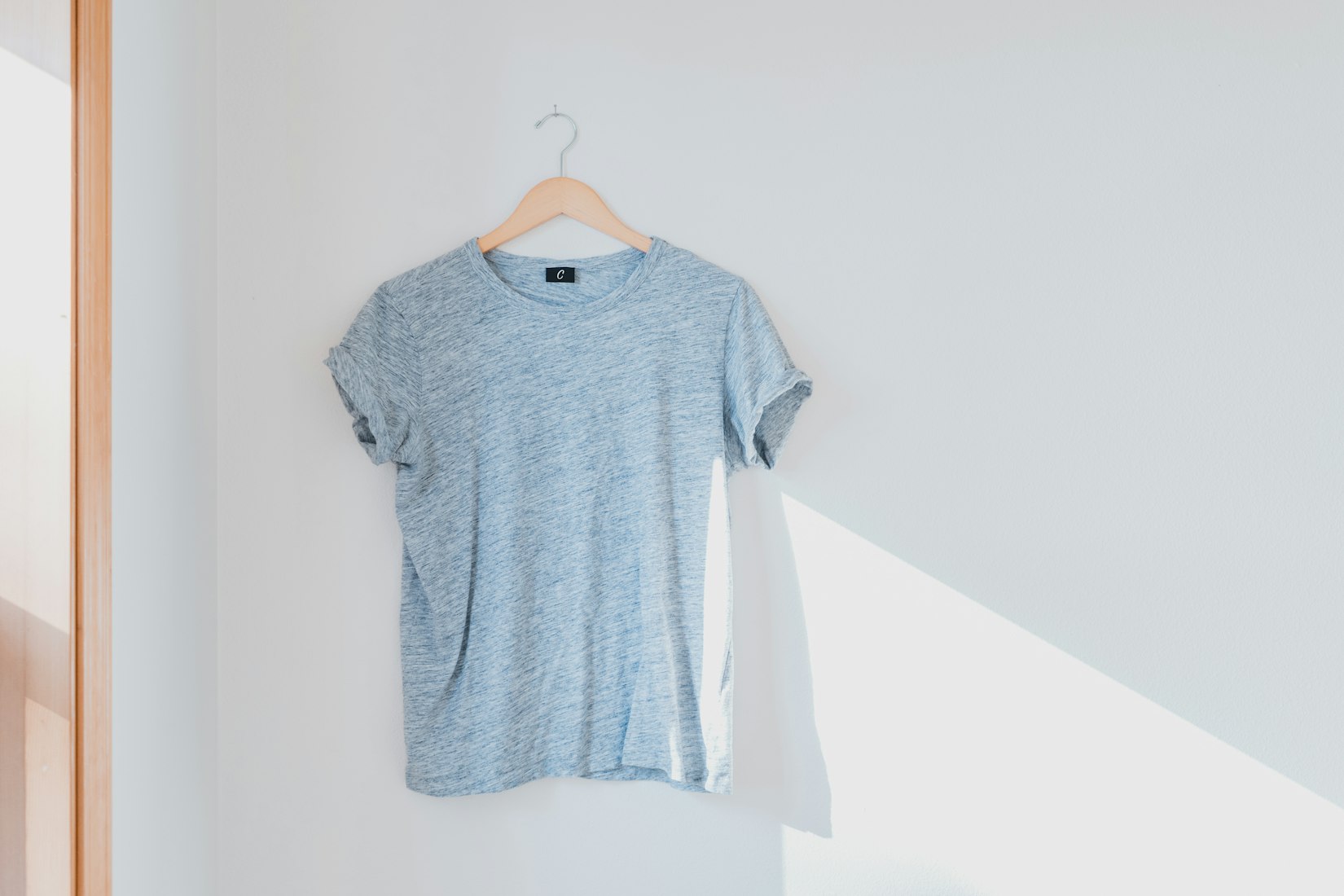
 English
English Arab
Arab
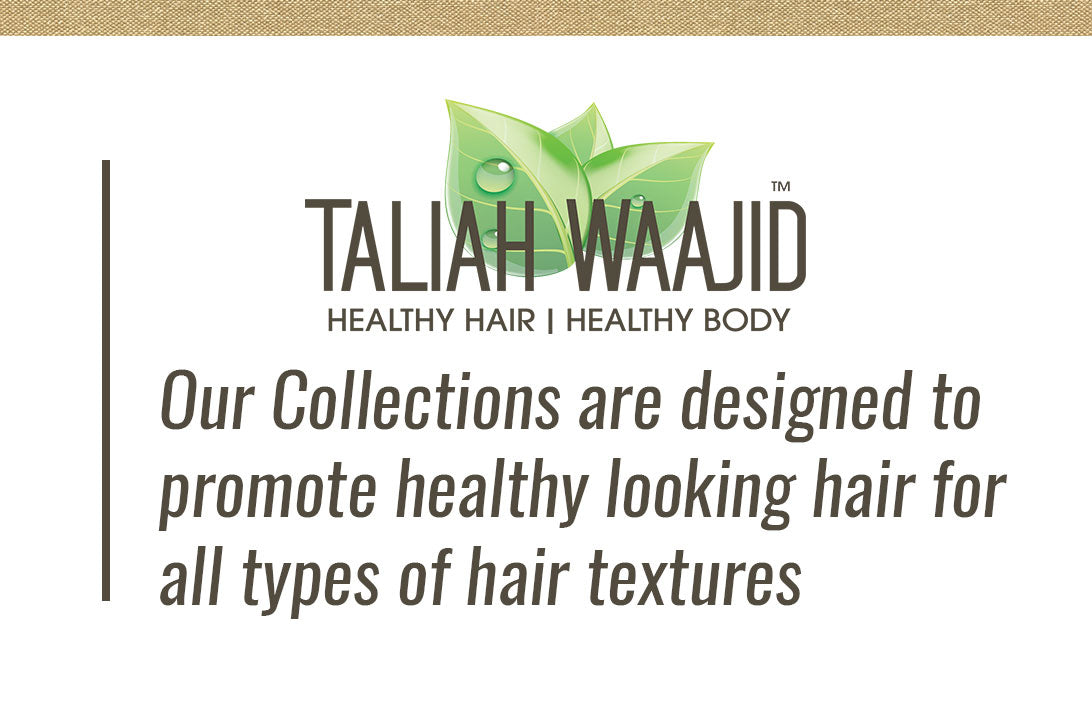
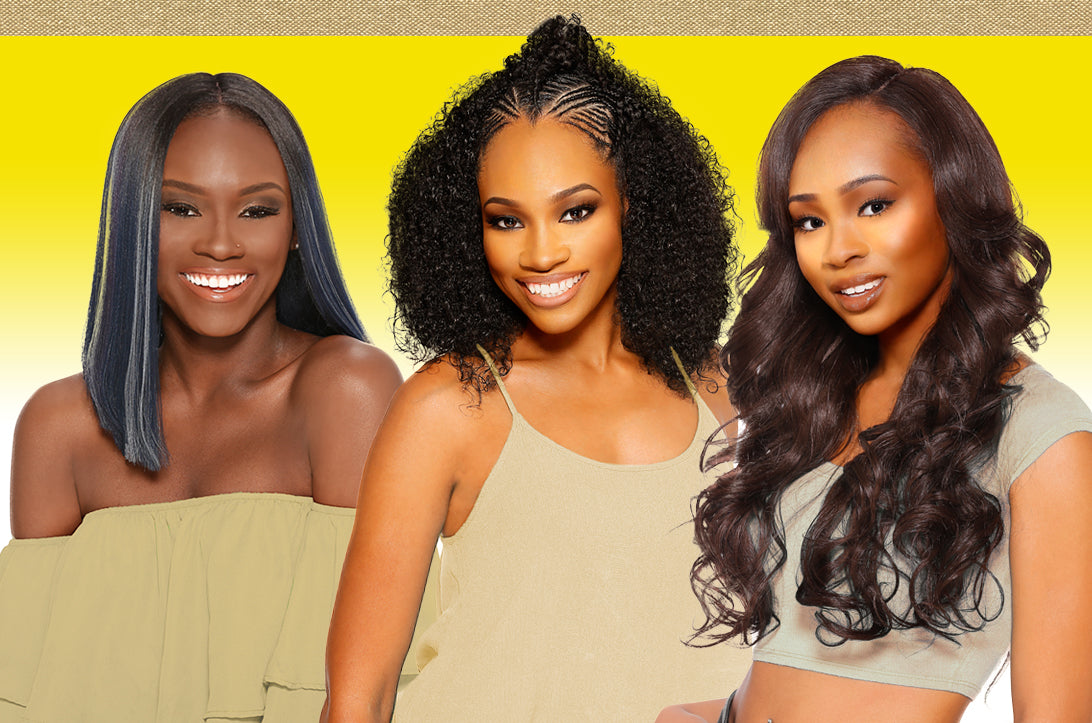





Hi Tara!
Green Apple and Aloe Nutrition Clean-N-Curly Hydrating Shampoo Total Body Black Earth ShampooThank you! We love your feedback! Our protective Styles Collection is great for Natural Hair Regimen as well! We just added two new products that support scalp and hair growth. Check out the links below for more information.
Scalp Care Follicle Therapy Treatment Masque 12oz | https://naturalhair.org/products/scalp-care-follicle-therapy-treatment-masque-12oz
Scalp Care Follicle Therapy Growth Treatment 2oz | https://naturalhair.org/products/scalp-care-follicle-therapy-growth-treatment-2oz
I love you dry gel shampoo! I’m still exploring your other.hair products. Thank you!